How to Do CPR on Cats: Vet-Approved Step-by-Step Guide

Updated on
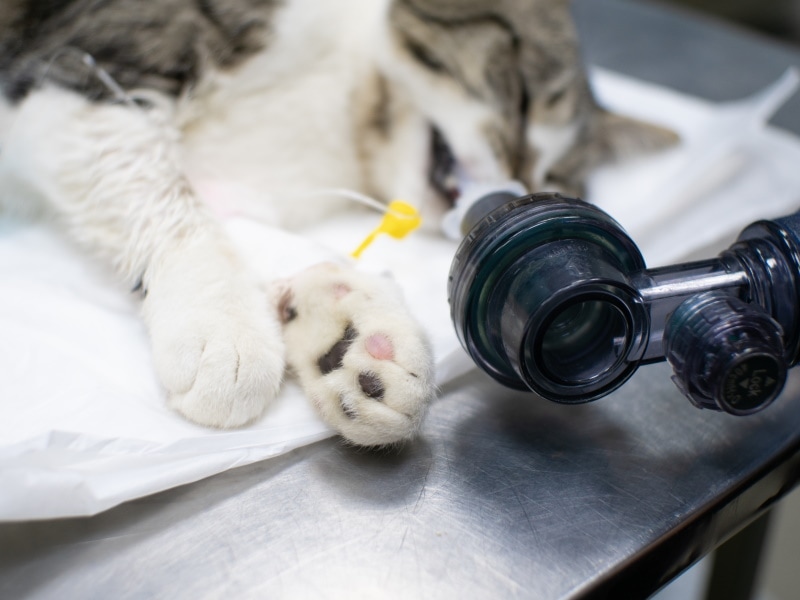
While a lot of people and schools focus on how to give people CPR, it’s a lifesaving technique for more than just humans! It can be the difference between life and death for a cat, so it’s worth taking the time to figure out how to do it.
We’ve highlighted everything you need to know to complete CPR on a cat (for the layperson) in an easy-to-follow step-by-step guide.
Step-by-Step Guide on How to Do CPR on Cats
If you need to give your cat CPR, you don’t have time to waste. Below, we’ve highlighted the eight steps you need to follow to give your cat CPR.
1. Get to a Safe Place/Get to a Vet
Sometimes you can get so wrapped up in caring for the animal that it can be easy to forget where you are. If you’re on the road or in another situation where danger is still present, get yourself and the cat out of harm’s way and to a safe place before continuing with anything else.
The last thing you want is to end up with a serious injury yourself or have something else injure the cat while you’re trying to save them.
During the entire CPR process, you’ll want to be trying to get your pet to an emergency vet as soon as possible, as they can provide the best lifesaving care if you can get them to that point.
2. Check Their Breathing and Heart Rate
Before you jump straight into compressions go ahead and check if the cat is breathing and has a pulse. Look and listen for airflow coming from their mouth. Next, check their pulse. Place your fingers on the inner part of the cat’s thigh and apply slight pressure to check for a pulse. Do not use your thumb when checking.
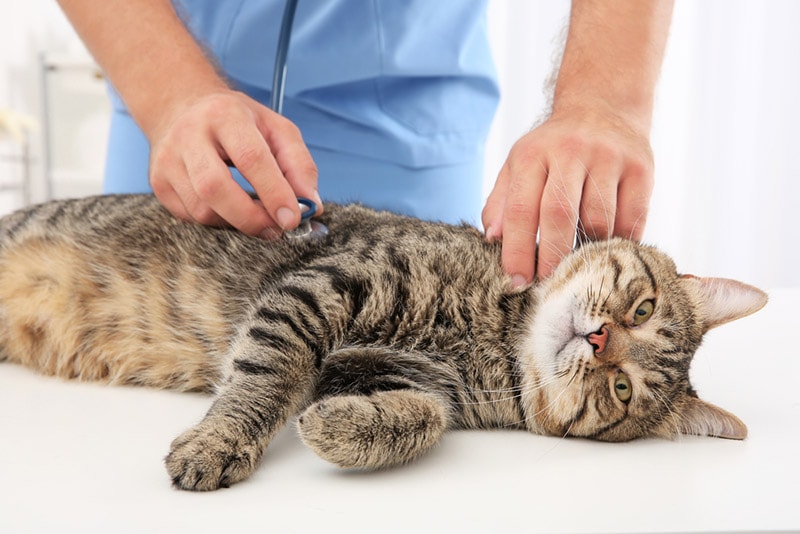
3. Check the Airway
If your cat doesn’t have a pulse and isn’t breathing, check its airway for a possible obstruction. Tilt their head back, open their mouth, and use your fingers to extend out the tongue. Performing a sweeping motion with your finger to check for obstructions.
4. Clear the Airway and Provide Rescue Breaths
If you find an obstruction in the cat’s airway, remove it right away. If you can remove it with your fingers do that, otherwise use abdominal thrusts. Place your hands under their last rib and push up five times to try and dislodge the object. Only perform this method if the cat is unconscious and isn’t struggling. Otherwise, take them to a vet immediately.
From there, deliver two rescue breaths. Keep the cat’s mouth closed during this process and breathe twice for one second each into the cat’s snout. If each breath goes in, proceed to the next step.
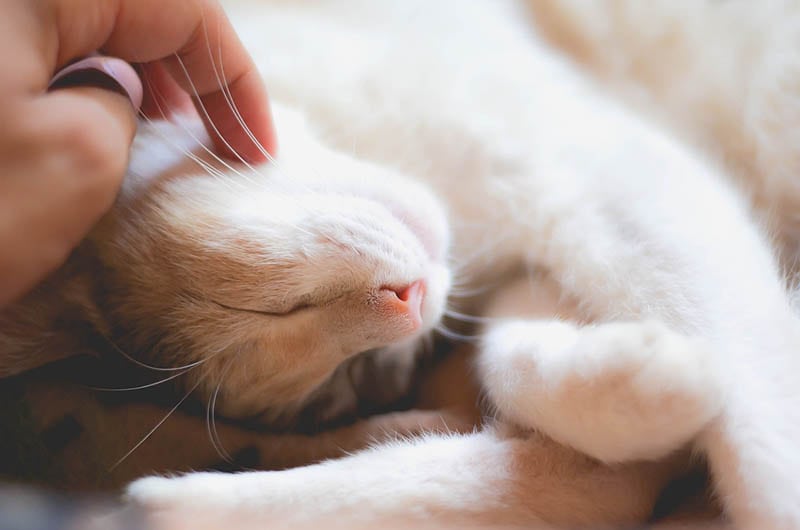
5. Place Your Cat on Their Side
Now that you’ve ensured nothing is blocking the airway, it’s time to move on to CPR. Start by placing your cat on its side. This will give you the necessary access to complete the following steps correctly.
6. Wrap Your Hands and Perform Compressions
Now it’s time to start performing chest compressions on your cat. Wrap your hands around the cat’s chest behind the front legs with your thumbs on the side of its chest. Your fingers should rest under the cat at this point.
In this position simply squeeze their chest to 1/3 or ½ of its normal depth and then release. You want to complete about 100–120 compressions per minute for maximum effectiveness.
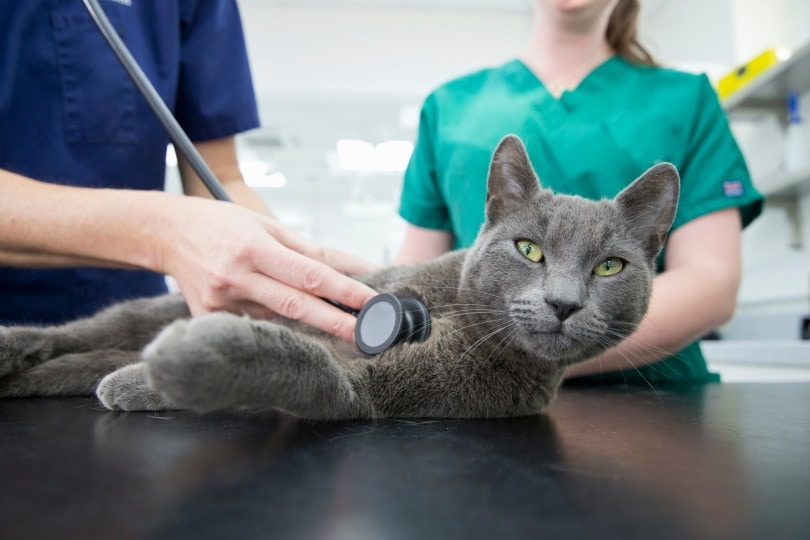
7. Check for Breathing/Continue Compressions
After about 2 minutes, check to see if your cat is breathing. If they are, you can stop compressions. However, if your cat still isn’t breathing, go back to compressions.
8. Get Them to a Vet
Even if you happen to revive your cat with your airway clearing or chest compressions, you need to get them to a vet as soon as possible. The vet will check for a cause for cardiopulmonary arrest and determine when it is safe for your cat to accompany you home.
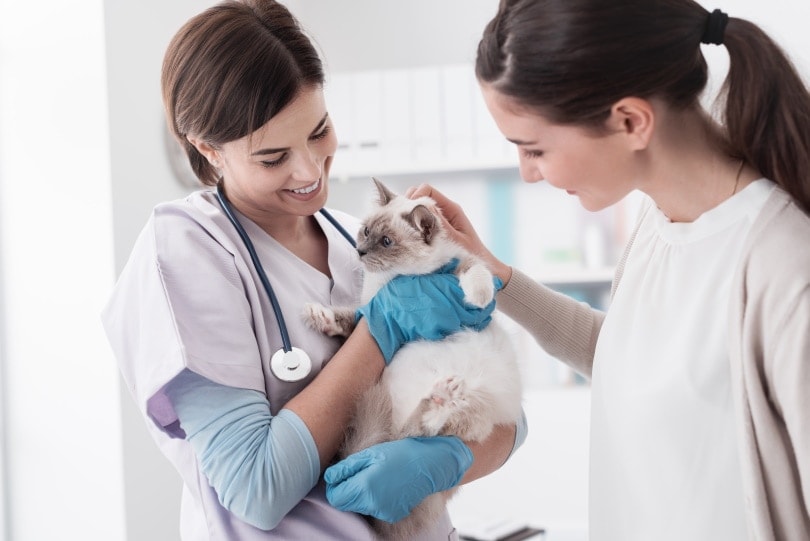
Final Thoughts
If you think your cat needs CPR, don’t hesitate to step into action. Act quickly and you might save their life. Hopefully, our guide helped you understand everything you need to know to give a cat CPR, but even if you need to end up giving a cat CPR, always ensure you’re trying to get them to a vet as quickly as possible afterward.
See also:
- Why Is Your Cat Foaming at the Mouth: 7 Vet-Reviewed Reasons
- How to Save Cats From Choking – The Heimlich Maneuver on Cats
Featured Image Credit: Lebedko Inna, Shutterstock














